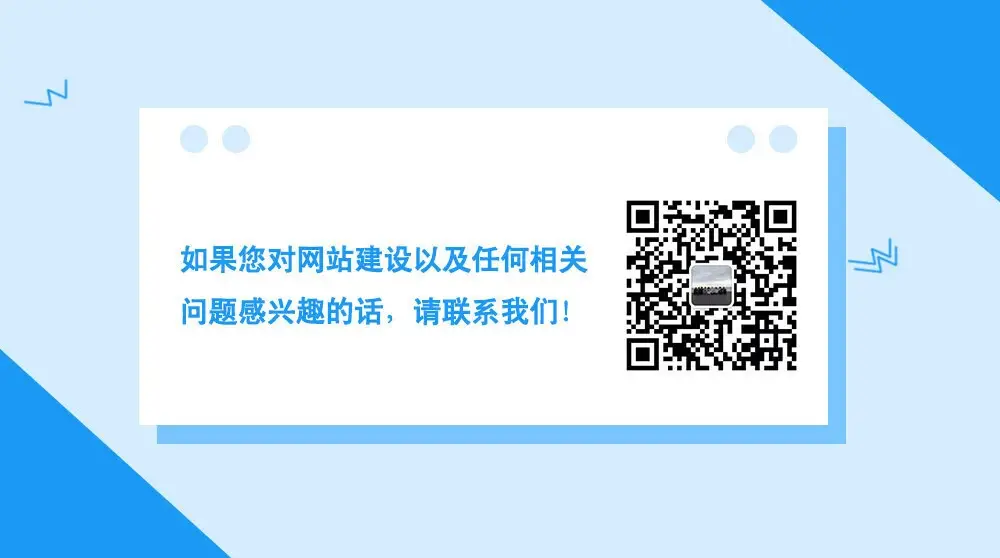EasyStore Cloud Intelligent Website Marketing System Platform!
- Must-Read for Business Decision Makers: How to Build a Global Brand Through Social Media Marketing?2025-08-16View Details
- Must-Read for Social Media Operations: 3 Techniques to Boost Your Independent Site Conversion Rate by 300%2025-08-19View Details
- How to Leverage Social Media Marketing for Foreign Trade Independent Websites? 5 Strategies to Skyrocket Your Orders!2025-08-18View Details
- SaaS Agents Earning Over 500K Annually? Revealing the Profit Model of EasyStore's Intelligent Website Building!2025-08-18View Details
- Foshan City Partnership Program Revealed: How to Double Annual Revenue Through SaaS Agency?2025-08-18View Details
- Facebook Ad Optimization: How to Help Business Decision-Makers Easily Improve ROI?2025-08-20View Details
- EasyYBaotong combines AI multilingual intelligent website building with localized operation tools to precisely solve language barriers and website localization challenges for foreign trade enterprises.2025-08-14View Details
- 多语言网站建设指南:如何吸引全球客户?2025-08-15View Details
Survival game under high tariffs: why is foreign trade becoming more and more like a "black market"?
1. Asia-Pacific trade under the tariff storm: the survival game behind the data shock
Trade waves in the Pacific are reshaping the global supply chain at an alarming speed. The "reciprocal tariff" policy implemented by the Trump administration is like a boulder thrown into the water, and the ripples it has stirred have evolved into a storm sweeping across the Asia-Pacific region. China's export growth to the United States has dropped sharply from 15.7% in the first quarter of 2024 to -8.3% in the third quarter, Japan's machinery and equipment orders have dropped sharply by 22% month-on-month, and Vietnam's textile industry has a 35% order loss rate - behind these figures are the anxiety of countless foreign trade enterprise decision makers who can't sleep at night.

The essence of tariff policy is a fiscal redistribution tool. When the US federal fiscal deficit exceeded $4.2 trillion, aging expenditures and high-interest debt formed a double squeeze, and tariffs became the most direct "band-aid". The Trump team is well aware of this, and its "90-day suspension of negotiations" strategy is actually a psychological tactic: to force opponents to make concessions by creating uncertainty, while creating an adjustment window for domestic industries. However, the side effects of this strategy are emerging - trade compliance costs have surged by 47%, directly giving rise to the wild growth of the gray customs clearance market.
2. Grey customs clearance on the rise: How high tariffs reshape the global trade ecosystem
In Shenzhen Huaqiangbei Electronics Market, a cross-border e-commerce seller showed me two sets of quotation sheets: one set was the tax-inclusive price of the formal customs declaration, and the other set marked "special channel" was 18% lower. Behind this price difference is the prevalence of gray means such as Southeast Asian re-export trade, third-country certificate of origin fraud, and under-reporting of goods. According to data from the General Administration of Customs, in the first quarter of 2025, the number of cases of false declaration of product names seized by customs nationwide increased by 132% year-on-year, of which the proportion of high-tariff goods involved was as high as 78%.
Dangerous signs of black marketization of trade have emerged:
Compliance costs are inverted: A furniture export company calculated that the cost of completing US FDA certification + anti-dumping investigation has exceeded the profit margin of the product itself
Alienation of channel networks: Traditional freight forwarding companies have begun to work part-time as "customs clearance consultants", providing "full-process services" from invoice forgery to cross-border capital repatriation
Distorted decision-making logic: 63% of the companies surveyed admitted that they "prioritize survival rather than compliance" under tariff pressure. This mentality is undermining the trust foundation of international trade.
3. Sober thinking after the Canton Fair: How can foreign trade enterprises avoid the "black marketization" trap
At the just concluded 135th Canton Fair, exhibitors generally reported that "American buyers decreased by 40%, but Southeast Asian purchasing groups increased by 200%." This apparent prosperity hides structural risks: a $5 million order signed on-site by a Vietnamese buyer was eventually confirmed to be a "vest operation" by an American importer. This model of circumventing tariffs through resale in a third country is dragging the entire trade chain into a gray area.

Breaking through requires dual-track thinking:
The bottom line of compliance cannot be broken: The latest EU Digital Services Act has included cross-border compliance into the platform's responsibilities. A cross-border e-commerce platform was fined 4% of its annual turnover for allowing gray customs goods to be sold.
Digital infrastructure needs to be upgraded: Independent sites with blockchain traceability functions can store customs clearance documents on the chain. A 3C brand has reduced its inspection rate from 37% to 2.1% through this move
4. Solution: Reconstructing the digital trade compliance network with independent stations
In the customs maze, foreign trade independent websites are evolving from marketing tools to compliance centers. A smart home company has achieved three major breakthroughs by building a DTC independent website:
Precise customer portrait: AI analyzes buyers’ IP addresses, payment habits, and browsing history to automatically filter out high-risk orders, increasing the interception rate of gray-border inquiries to 89%.
Intelligent tariff prediction: Integrate the tariff database of 87 countries around the world, and calculate the optimal customs clearance path in real time when the customer places an order. A Vietnamese order saved 17% of tariffs through the US-Mexico-Canada Agreement.
Visualization of capital flow: Deep connection with cross-border payment platforms ensures that each transaction corresponds to the real logistics track. An order questioned by the US Customs was quickly released because the capital flow and shipping data fully matched.
Independent websites are not tax avoidance tools, but compliance moats. An auto parts company successfully applied for customs AEO advanced certification through transaction data accumulated on independent websites, with the inspection rate reduced by 90% and customs clearance time increased by 3 days. This "data asset" is reshaping the right to speak in trade - when buyers see that you have a complete digital compliance system, the bargaining space will expand by 5-8 percentage points.

V. Future Outlook: Finding a New Balance between Compliance and Innovation
The tariff storm will eventually pass, but the process of trade digitalization is irreversible. In the first quarter of 2025, the number of independent cross-border e-commerce sites in China increased by 112% year-on-year, and 73% of companies took compliance functions as their primary construction goal. This heralds the arrival of a new era of trade: when tariffs become the norm, whoever can reconstruct the trade chain with digital technology will be able to take the initiative in the vortex of "black marketization".

The words of a veteran in foreign trade at the end of the survey are thought-provoking: "I used to think that foreign trade was about selling products, but now I realize that it is about selling trust. Customers are willing to pay a premium for compliance because a gray customs operation may ruin the entire brand." This cognitive change may be the ray of hope in chaos.
If you have any questions about the construction and operation of foreign trade websites , please contact Yiyingbao technical customer service WeChat: Ieyingbao18661939702, and the staff will answer you wholeheartedly!

The picture resources are from the Internet. If there is any infringement, please contact 400-655-2477
- Campbell (name)
- Website
- Foreign trade website construction
- free-standing station
- Cross-border e-commerce
- Tariff Policy
- Trade Compliance
- tariff
- Foreign trade independent station
- Foreign trade enterprises
- Ageing
- Order loss
- Canton Fair
- Tariff storm
- High tariffs
- Black market trade
- Compliance Innovation
- Digital Trade
- The impact of tariff policies on trade channels
- Compliance customs clearance strategies for foreign trade enterprises
- Independent station accurate customer acquisition method
- Digital transformation of cross-border trade
- Trends in global supply chain restructuring
Similar Recommendations
 Must-Read for Business Decision Makers: How to Build a Global Brand Through Social Media Marketing?
Must-Read for Business Decision Makers: How to Build a Global Brand Through Social Media Marketing? Must-Read for Social Media Operations: 3 Techniques to Boost Your Independent Site Conversion Rate by 300%
Must-Read for Social Media Operations: 3 Techniques to Boost Your Independent Site Conversion Rate by 300% How to Leverage Social Media Marketing for Foreign Trade Independent Websites? 5 Strategies to Skyrocket Your Orders!
How to Leverage Social Media Marketing for Foreign Trade Independent Websites? 5 Strategies to Skyrocket Your Orders!




